Josh66
Been spending a lot of time on here!
- Joined
- Oct 31, 2007
- Messages
- 14,593
- Reaction score
- 1,239
- Location
- Cedar Hill, Texas
- Can others edit my Photos
- Photos NOT OK to edit
Well after all this, can I say that if I was shooting a plane horizon over an empty sea and a clear sky right after the sunset. And the camera was on a tripod and the horizon line was in the middle, then in that case I would probably not see any change on the shutter speed. Am I right?
Here's an easier test:
Aim you camera at a white wall with nothing on it. Zoom in/out. The settings should be identical.
If they ARE identical, the differences are due to metering.
If they ARE NOT identical, the differences are due to something else (?).


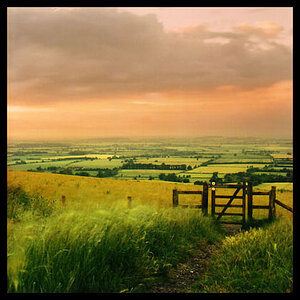
![[No title]](/data/xfmg/thumbnail/37/37117-26c892e756b53ed0359fa90b7ebd99c9.jpg?1619737883)
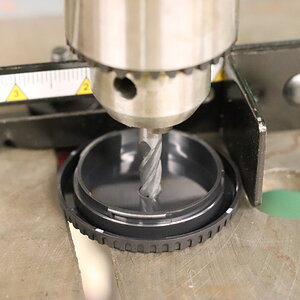
![[No title]](/data/xfmg/thumbnail/37/37113-886cb28b1e3fb197bdd00a9148269407.jpg?1619737882)
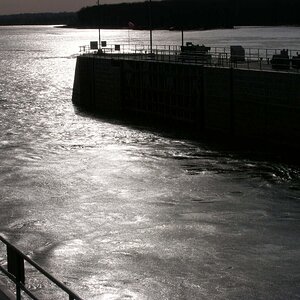
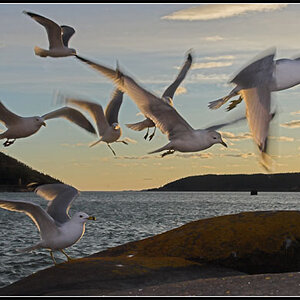
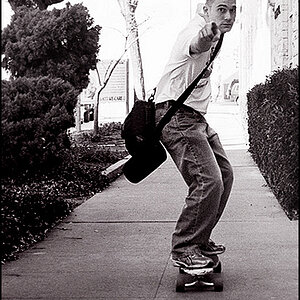
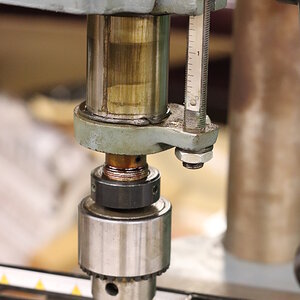

![[No title]](/data/xfmg/thumbnail/1/1592-cfae4a7ea791f96c6e2d03484be2e454.jpg?1619729144)
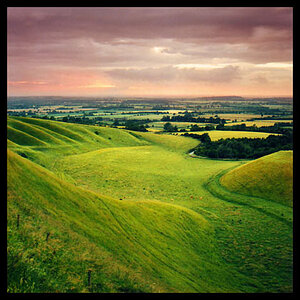
![[No title]](/data/xfmg/thumbnail/31/31037-35b917d9eb4d044981e83ac234757e09.jpg?1619734581)